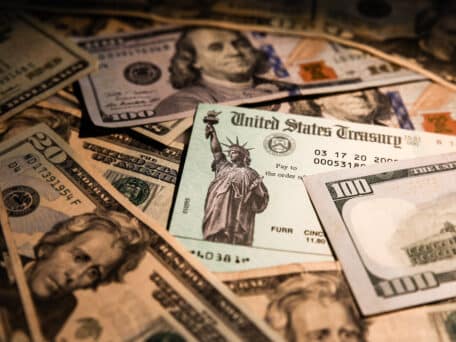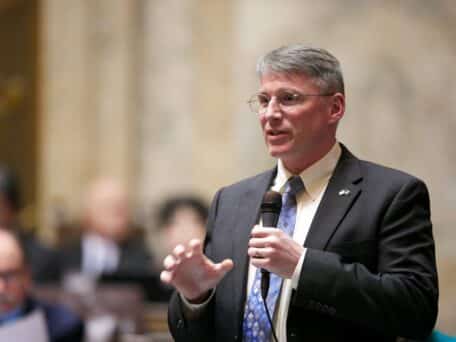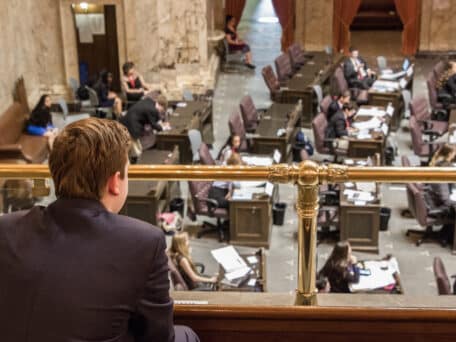If you don’t know already, in 2007, Jay Inslee “co-wrote” a book called Apollo’s Fire that has barely managed to crack the top million in sales on Amazon (for the price of 1 cent the book can be yours). It is a book that has failed to have any significant policy impacts—unless, of course, Inslee gets his way and implements a fuel mandate by executive order. It is Inslee’s “green manifesto,” littered with factual errors and ridiculous predictions.
One such prediction has proved particularly highly inaccurate—to the impending detriment of Washingtonians’ pocketbooks. Inslee bases much of his “clean fuel” claims—and fuel mandate agenda—on what he predicted would be the availability of a new, supposedly more efficient biofuel called “cellulosic ethanol.” Shift previously reported how his prediction has fallen well short of reality—you can read about it here. However, new reports paint a far grimmer picture of just how unrealistic the prediction is that Inslee’s bases his claims on.
According to Capital Press, the University of Washington is no longer pursuing the original goal of its $40 million program (awarded by the U.S. Department of Agriculture in 2011) to produce cellulosic fuel. Why? Researchers have run into a serious problem: it’s unrealistic financially and otherwise.
The program’s “original ambition was to produce from deciduous trees a commercially viable cellulosic substitute for petroleum-based gasoline.” However, the focus has “fundamentally shifted.” Rather than producing transportation fuels, the “end product will be chemicals used in paints, adhesives, plastics and other products such as de-icing salts.” Capital Press,
“Converting poplar trees all the way to fuel is going to be tough financially,” said the program’s leader, UW professor Rick Gustafson, a chemical engineer.
“If we stay with that goal, there’s a good chance we won’t get anything done,” he said.
Gustafson said the project will still lay the foundation for a Northwest biofuels industry, assuming it’s ever financially practical. He also said efforts elsewhere are progressing and that concerns about climate change may re-energize the push for green fuels.
But he acknowledged that critics have a point when they lampoon cellulosic fuel as the technology that’s perpetually five years from fruition.
“I wish I could say it’s (baloney), but it’s true,” he said…
He said cellulosic fuels could be made for about $4 a gallon, but that doesn’t include the cost of building a refinery, which could double the fuel price.
The problem behind Inslee’s failed prediction is that his search for a “cost-effective” fuel mandate scheme depends on the emergence of cellulosic ethanol, which he insists is “much lower cost than current biofuels.” Inslee once told people to “calm down” about the potential burdensome costs of his scheme because there is “a million ways” to develop a fuel mandate. As Shift reported, Inslee is wrong. It turns out that “there are only a limited number of ways to design an LCFS,” and Inslee’s involve cellulosic ethanol. Unfortunately for our green governor, the latest attempt to produce cellulosic ethanol, a $40 million attempt, failed.




